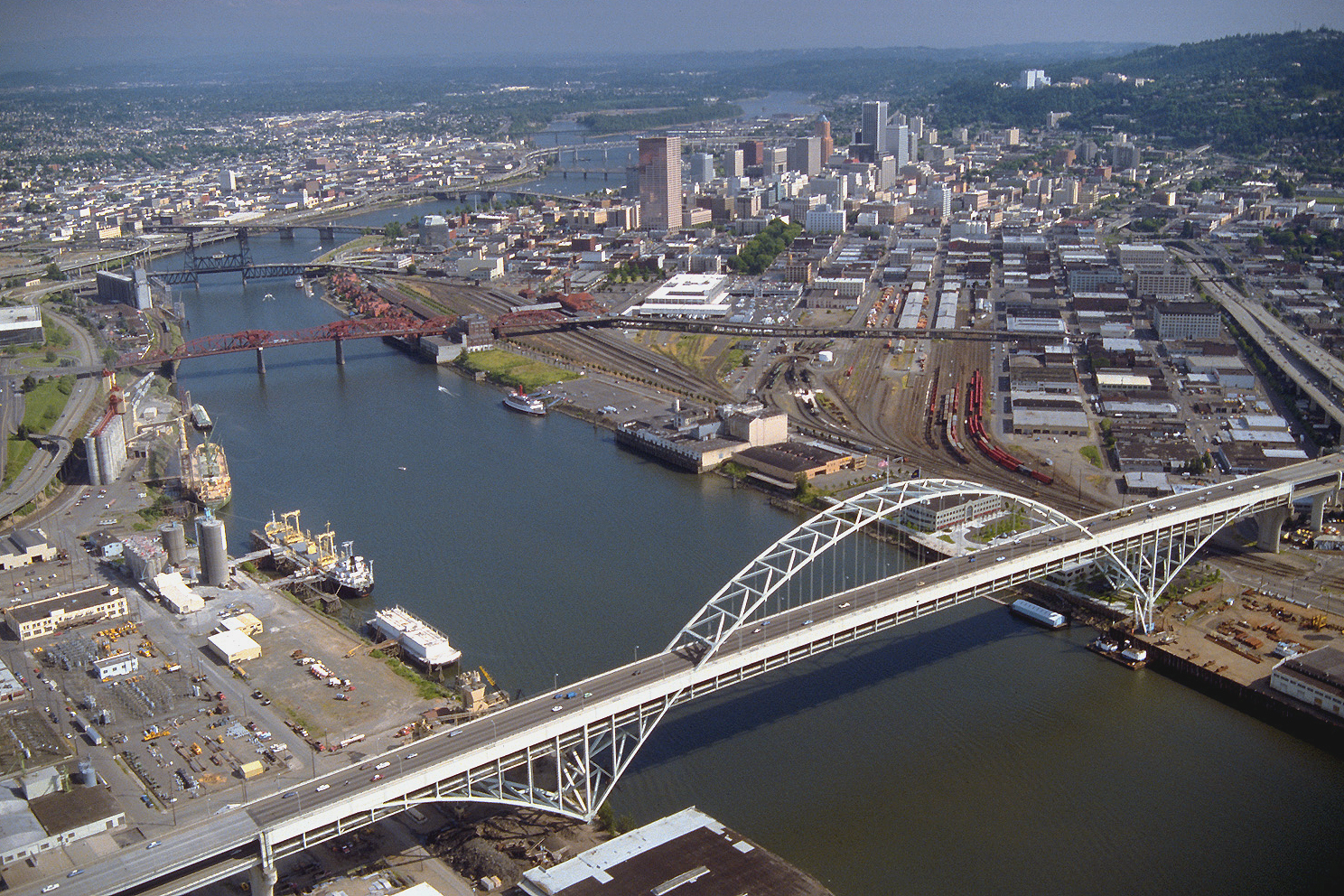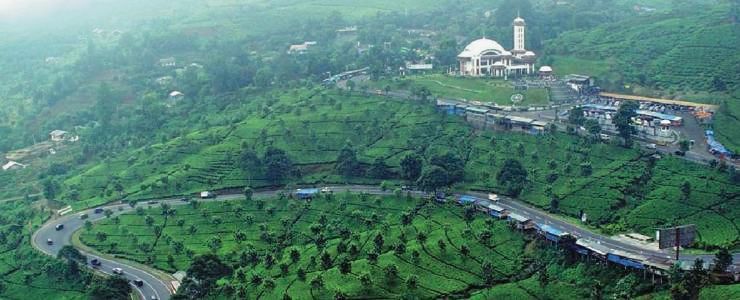(Catatan: Riska, Bang Asun, Pak Ntis, Habibah, dan nama-nama yang kucatut, mohon ijinnya ya.. Hehehe)
Siapa yang suka bangun pagi di akhir pekan?! Adakah? Apakah aku? Akupun ragu. Dan ini adalah cerita tentang Sabtu pagi-ku di pertengahan Desember. Cerita yang berlatarkan Ciliwung dan ke-tiba-tiba-an (mungkin kalau istilah Inggrisnya Ke-suddenly-an kali ya) niatku yang ujug-ujug muncul. Simak ya.
Jumat malam itu aku buka-buka dan kubaca SMS masuk. Satu SMS yang selalu hadir tiap Jumat itu berbunyi: "KPC Bogor Sabtu 12/12/15 mulung sampah bebersih Ciliwung. Kumpul pkl 08.00 wib di depan mesin pencacah plastik KPC Sempur. CP Joko 021xxxx.". Aih, beberapa kawan-kawanku di Bogor pastilah sudah sangat akrab dengan SMS itu. Kamu juga sering dapat ya? Hehehe.. Seingatku dulu, ada ratusan nomer HP yang mendapatkan SMS rutin itu tiap Jumat. Dan ini sudah tahun ke-7, KPC Bogor bergelut dengan Ciliwung, mengajak puluhan-ratusan-bahkan ribuan orang untuk menengok kembali sungai yang pernah jadi wajah sejarah Pajajaran ini. (Kenapa sejarah? Aku teringat cerita jalur tamu dan jalur bangsawan, cerita dari Mas Hari Kikuk tentang sungai ini di jaman dulu.). Kubaca sekilas SMS itu, dan ujug-ujug aku merasa berkepentingan untuk ke Sempur. Okelah, fix! Besok pagi aku ikut mulung. Kuajak Habibah, kawan kosanku yang masih muda belia, dan tak banyak cingcong dia langsung jawab "Oke mbak!".
Tidak jauh, meskipun tak bisa dibilang dekat juga. Kami sampai di Sempur, turun dari angkot 03 yang sesak, jam 8 kurang sepuluh menit. Di tempat berkumpul kulihat seorang ibu paruh baya sedang asik menikmati sebatang rokok. Alamak, jadi pengen juga. Ups, tahan dulu. Kusapa si ibu dan kutanya apa dia datang untuk KPC. Eh, ternyata dia hanya sedang menikmati pagi rupanya. Ah, yasudahlah. Tak berapa lama, Pak Joko sang CP (Contact Person) muncul. Dia mengatakan akan datang juga kawan dari IPB, tepatnya dari Fakultas Ekologi Manusia yang ingin gabung mulung Sabtu pagi ini. Ah, baguslah. Semakin rame biar semakin seru. Dan datanglah mereka, 5 cewek berkerudung dengan kaos hijau pastel kembar. Salah seorang membawa tripod dan lainnya membawa kamera DSLR. Tarohan, pasti tugas kuliah. Hehehe.. Dan memang benar dugaanku. Mereka pun membuat entahlah, semacam film mungkin, dengan mewawancarai Pak Joko. Aku dan Habibah, melihat-lihat saja sambil sesekali selfie di pinggir sungai. Waktu berselang dan Pak Ntis datang membawa senjata kami: KARUNG!!!
 |
Laskar Karung KPC - Sabtu pagi itu
(Photo by: Sutisna Rey)
|
Penggunaan popok bayi sekali pakai sepertinya memang menjadi hal yang perlu diperhatikan. Karena sepertinya, para ibu-ibu (atau bapak-bapak?) penggunanya masih bingung bagaimana cara mengelolanya. "Make'nya sih gampang. Sekali bayi brott langsung buang gak perlu dicuci." Iya sih. Tapi, buangnya gak harus di kali juga. Lalu dimana? Di tempat sampah? Bau kali, jorok, dll. Lah, dikira dibuang di kali gak jorok? Sebenarnya aku pun gak tahu gimana caranya buang popok bayi bekas yang benar. Maklum belum pernah ber-bayi. Apakah di kuning harus dibuang dulu di WC, atau langsung aja buang bareng sama popok-popoknya. Entahlah. Tapi yang jelas, yang make harusnya tahu. Yang jual harusnya juga ngasih tahu. Btw, dikasih tahu gak sih? Jadi ingat sama Jeng Riska, sang dewi Ikan dari Surabaya yang pernah getol mengangkat fenomena popok bayi ini juga. Jeng, gimana sekarang kondisi Kali Surabaya? Apakah popok masih banyak dijumpa? Bang Asun sempat mengajak ber-ide,"Gimana ya caranya biar orang gak buang popok di kali? Apa perlu kita bikin mitos? Orang kita kalau ke mitos lebih cepat percayanya!". Ah, bener juga kataku. Bikin aja rumor,"Buang popok di kali bisa bikin ruam pantat bayi.". Kali-kali aja itu manjur. Sudahlah, popok bayi mah. Lanjut lagi,..
 |
| Oops, ada popok bayi pasti di sana! (Photo: Sutisna Rey) |
Kawan-kawan dari IPB pun ikut nyemplung bersama, jadi ada 5 tambah 2 tambah 2, ahh. 9 orang totalnya yang mulung hari ini. Lumayanlah. Kami bersemangat mengangkut sampah-sampah itu. Aku, paling senang, mengais-ngais sampah yang nyangkut di celah batu. Sampah kayak gitu, kelihatannya dikit, tapi wooo...aslinya banyak. Lebih seru lagi kalau nemu 'Anaconda Ciliwung'. Dijamin keringat mengucur deras. Satu demi satu sampah kami masukkan karung, hingga kemudian tercium baru menyengat yang hampir membuatku muntah. Di dunia ini, hanya satu bau yang bisa membuat mataku langsung merah berair dan perutku seakan mau keluar. Bau bangkai. Dan di Sabtu pagi inipun, bau ini hampir berhasil membuatku mual. Aku tidak sanggup lagi dan tak berapa kami penuhi karung, kami berhenti. Kebetulan karung juga sudah habis, meskipun sampah masih berserakan. Cukup hari ini. Kamipun berpisah dan kembali ke aktivitas masing-masing. Hampir jam 10 pagi waktu itu.
Sambil berjalan di tepi sungai, Habibah mengatakan, "Enak juga ya melakukan begini di akhir pekan?". Aku pun sedikit terhenyak dengan pernyataan itu. Enak? Apanya yang enak? Kalau enak kan pasti banyak orang yang akan turun. Aku berpikir, apa yang bisa dilakukan untuk menjadikan orang juga merasa 'enak' seperti yang Habibah rasakan, seperti juga yang aku rasakan. Rasa enak yang absurd inilah yang mahal. Rasa 'enak' inilah yang bisa menjadi fondasi dasar semua kegiatan yang berdasarkan ke-suka-rela-an atau voluntarisme. Tak ada orang yang dibayar di sini, tak ada fasilitas apapun di sini. Bahkan, yang akan ditemui adalah gundukan sampah yang bahkan menggunung, berbau busuk dan menjijikkan. Tapi, ada yang bilang itu semua 'Enak'.
Aku teringat dulu, setahun lalu aku sempat menanyakan hal yang sama pada beberapa orang di Oregon sana, "What makes you do that voluntary works? Why do you want to do it?". Kenapa orang mau-maunya bersihin rumput di taman kota, kenapa mereka mau nyumbang duit banyak untuk restorasi ikan? Buat apa mereka merelakan waktu untuk ini dan untuk itu? Dan jawabannya hanya sederhana, "I feel good with it.". Sesederhana itu saja. Orang merasa baik, orang merasa enak. Mungkin seperti Habibah bilang 'enak' tadi.
"Apa kamu punya ide untuk KPC Bogor Net?", tanya Bang Asun dan Pak Ntis siangnya, di kantor FWI yang sudah jadi rumah singgah wajib sehabis mulung, selain tentunya kantor INFIS. Pertanyaan ini agak-agak berat gimana gitu ya. Jujur, aku terlalu sibuk dengan diriku sendiri dan kerja yang sebenarnya sibuk gak sibuk. Setelah beberapa waktu aku tidak datang di Sabtu pagi, aku merasa tidak layak menjawab pertanyaan itu. Tunggu, tunggu! "Come on Net, this is not very you! ", kudengar aku memarahi diriku sendiri. Hahaha... Oke, oke. Aku coba jawab pertanyaan itu.
Jadi, sama seperti yang kuceritakan tentang Habibah dan rasa 'enak'nya yang absurd itu. Intinya adalah bagaimana membuat orang merasakan 'enak' itu, 'feel good' itu. Bagaimana membuat Ciliwung mempesona bagi mereka? Bagaimana membuat sungai ini menjadi ajang orang-orang berekpresi. Orang yang mau ibadah, bisa bersyukur dan beramal di Ciliwung. Orang yang agak narsis (saya misalnya) bisa selfie-selfie sambil mulung sampah Ciliwung biar kelihatan jadi orang baik. Hahaha.. Yang doyan bermedsos, bisa update status entah di Fesbuk, Twitter, Path, instagram atau apapun lah dengan hashtag Ciliwung. Orang yang doyan nulis pasti akan banyak bahan tulisan. Orang yang suka riset bisa juga cari bahan riset. Atau orang yang memang doyan nyemplung kali ya tinggal nyemplung aja. Hehehe.. Sepertinya sederhana kan. Memang pada dasarnya, niat ber-voluntary, umumnya sederhana.
Bagaimana cara? Yok cari bareng-bareng. Yang jelas nyata bagiku adalah, kalau tujuannya kampanye ya harus dilihat banyak orang, didengar banyak orang. Biarkan orang tahu dan melihat. Kalau mereka lihat kita 'enak' toh mereka pasti akan ikutan. Kalau 'enak' sendiri mah apa bedanya sama 'itu'. Hahaha... Maaf, saya nulis ini sudah agak malam sih, jadi sedikit nyrempet-nyrempet. Sepertinya sudah ngantuk saya, jadi sudahan dulu ya. Yang jelas, 'enak absurd' itu yang perlu dicari dan mari temukan itu bersama-sama.
Bukankah begitu kawan?
Salam cinta dan rinduku pada sungai, gunung, hutan, alam semesta dan manusia yang sangat indah. Muachh..
Dan terutama untuk Ciliwung yang berhasil membuatku bangun pagi di Sabtu pagi! Good job C!
Minggu, 13 Desember 2015 (23:49)
 |
| Kaos Ijo kawan-kawan FEMA IPB, aku dan Habibah. C... (photo by: Sutisna Rey) |
 |
| Giliran teman-teman FEMA IPB, Pak Joko, Pak Ntis, dan Habibah (Fotonya pastinya aku yang njepret :) ) ----- |







